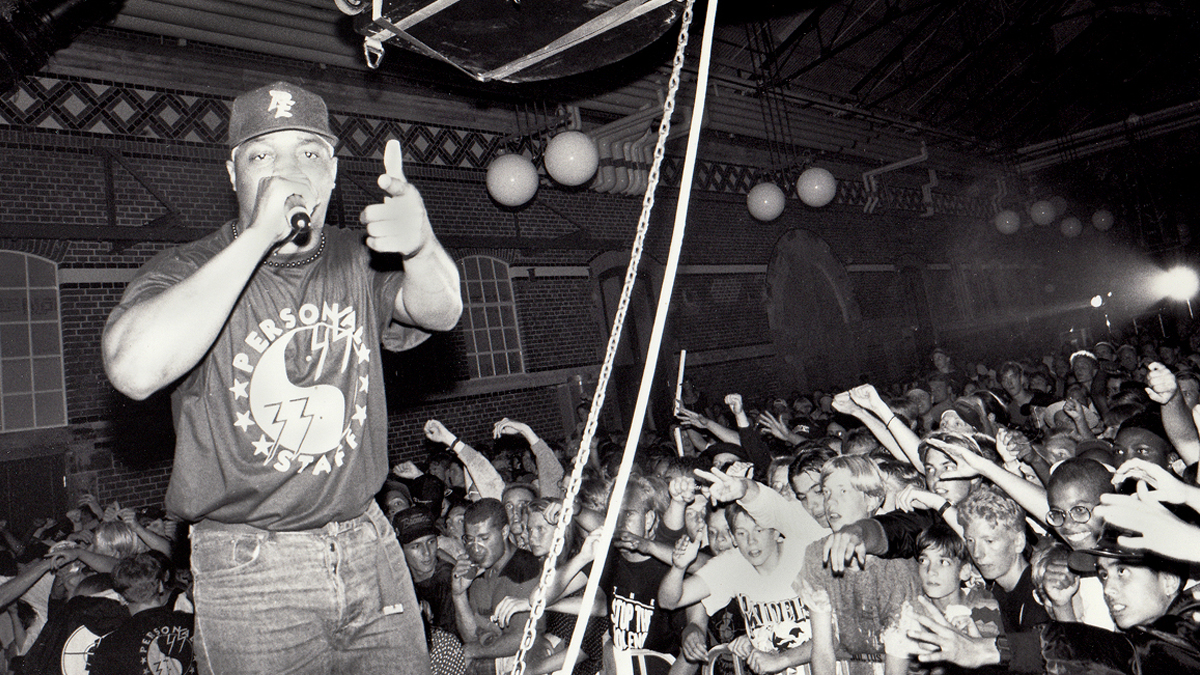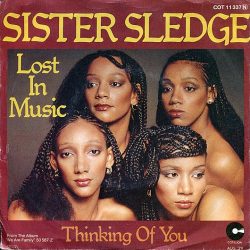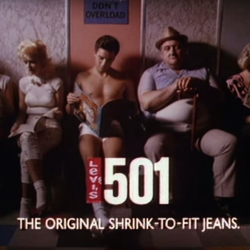Music has always mattered. Both in life. And in advertising.
From singing and clapping, to drumming and drum machines, music has a special, almost unique place in cultural and societal history.
It surrounds us, from the cradle to the grave. It’s democratic and accessible, open to being created or consumed and comes with its own unique set of rituals and culture. But whilst music has all of these unquestionably amazing properties, not every song becomes a classic and not every singer becomes Adele.
Much in the same way that advertising has to compete for attention, so too does music. With ever-expanding lists of distractions vying for attention, artists now have to lean further into a wider, more complex understanding of what makes music stick.
Kayne’s Yeezy sneaker extension, Cardi B’s provocative style, Taylor Swift’s re-recording project, Dr Dre’s Beats empire – they’re all great examples of the broader moves artists are making to build deeper narrative and meaning around the music they create. And it explains why Public Enemy frontman’s, Chuck D, has interesting – and salient – thoughts on how musicians can win in today’s always-on age:
“To me, music is sight, sound, story and style. I think sight and sound is not enough. There’s got to be a story that needs to be known and a style that needs to be felt. An artist has to deliver sight, sound, story and style very clearly.”
Chuck D
Hip hop has always had a rich tradition in both the visual as well as the spoken art form, yet we see this idea of sight, sound, story and style – the 4Ss – playing out across genres. For example, Adele’s longevity as a platinum selling artist owes as much to her own, frank, honest personality (her style); deeply personal lyricism (her story); striking, ownable visual treatment (her sight); as it does to her beautiful, crisp, instantly recognisable vocals (her sound).
Whilst this isn’t radical — music has always gone hand in hand with the stories, styles and looks that surround the creative mythology of artists or cultures — it’s a model that’s worth reviewing for anyone in the business of creating attention; music or otherwise. When sight, sound, story and style work together, it’s a compelling package.
So compelling, in fact, that Chuck D’s 4Ss have inspired research into the art of how brands can gain attention.
The research, commissioned by Truant London, demonstrates that brands who punch above their weight in terms of share of voice (SOV), versus share of market (SOM), more often than not have creative work that scores highly across Sight, Sound, Story and Style.
From an initial sample of 50 brands across 15 sectors, the most prevalent executions from the past three years were scored across the 4S categories to see if any correlations exist. The research found that the 20 brands that sat above the line – ie: their SOM exceeded their SOV – scored an average attention score that was 13% higher than the total average, and 30% higher than those brands that appeared below the line.
So Chuck D’s 4Ss aren’t only an effective way to frame performance, but are also the cornerstones for building market share, even on a smaller media spend. In fact, the 4Ss provide the key to gaining an unfair share of dwindling audience attention.
Because, as Chuck D observed, “Before, all we had to do was reach out via the radio and cassette but now people are locked into their phones… you have to develop and use a lot more to grab the attention of the people.”
Featured image: John Leffmann


































